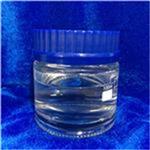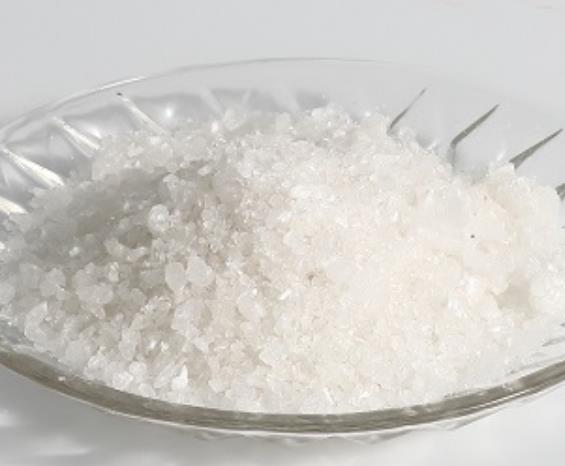1,2,3,4-Tetrahydronaphthalene: Microbial Degradation Pathways, Genetic Organization and Regulatory Insights
Tetralin (1,2,3,4-tetrahydronaphthalene) consists of an aromatic and an alicyclic moiety. The compound occurs in coal tar and petroleum and is produced for industrial purposes either from naphthalene by catalytic hydrogenation or from anthracene by cracking. Tetralin is widely applied as a solvent in the petrochemical industry, in which it is particularly used in connection with coal liquefaction. It is also used in paints and waxes as a substitute for turpentine.
Microbial Degradation
Tetralin is extremely toxic to microbial cells as a result of its selective partitioning into cell membranes. Four of the eight tetralin-utilizing bacteria were isolated by selective enrichment on tetralin, while the other organisms had been isolated previously by others on other substrates (o-xylene, styrene, and mesitylene).

The catabolism of tetralin in Corynebactenium sp. strain C125 was shown to proceed via initial hydroxylation of the benzene nucleus at positions C-5 and C-6, resulting in the formation of the corresponding cis-dihydro diol. Subsequently, the dihydro diol was dehydrogenated by a NAD-dependent dehydrogenase to 5,6,7,8-tetrahydro-1,2-naphthalene diol. The aromatic ring was cleaved in the extradiol position by a catechol-2,3-dioxygenase. The ring fission product was subject to a hydrolytic attack, resulting in the formation of a carboxylic acid-substituted cyclohexanone.
Human Health
1,2,3,4-Tetrahydronaphthalene is rapidly absorbed when ingested or inhaled. The chemical is metabolized by hydroxylation at the non-aromatic portion of the molecule. The metabolites are excreted mainly as glucuronides with the urine, but elimination with the feces was also observed. Dark green colored urine, which is observed as a typical symptom in humans, indicates metabolization to a pigment. The acute toxicity of 1,2,3,4-tetrahydronaphthalene was found to be relatively low with an oral LD50 of 2860 mg/kg bw (male rats), a dermal LD 50 of 16,800 mg/kg bw (male rabbits) and no mortalities within 8 hours inhalation of a saturated atmosphere (ca. 1300 mg/m3 ; male rats. In humans, the chemical is known to produce headache, nausea, vomiting, green-gray urine, and restlessness at high concentrations.
References:
[1] J SIKKEMA J A de B. Metabolism of tetralin (1,2,3,4-tetrahydronaphthalene) in Corynebacterium sp. strain C125.[J]. Applied and Environmental Microbiology, 1993, 59 2. DOI:10.1128/aem.59.2.567-572.1993.See also
Lastest Price from 1,2,3,4-Tetrahydronaphthalene manufacturers
US $1.00/kg2025-04-21
- CAS:
- 119-64-2
- Min. Order:
- 1kg
- Purity:
- 99%
- Supply Ability:
- 10 mt

US $6.00/kg2025-04-21
- CAS:
- 119-64-2
- Min. Order:
- 1kg
- Purity:
- 99%
- Supply Ability:
- 2000KG/Month


